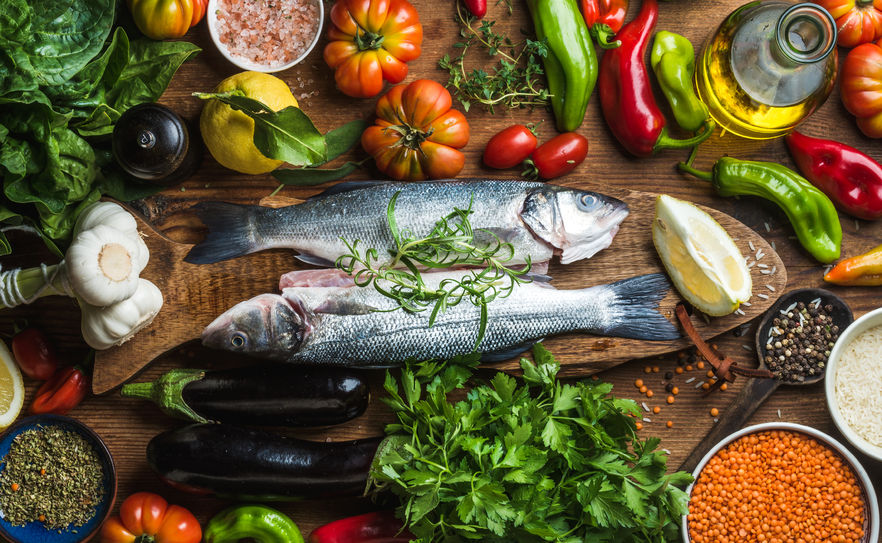Calories in calories out. Is caloric reduction to key to weight loss? Most quick weight loss programs focus on calorie deprivation. But new research demonstrates that overall calorie intake may not be so important. This study concluded that it is the food quality, not quantity, which impacts obesity and weight gain.
Calories in Calories Out
Conventional scientific opinion has attributed weight gain to a net surplus of calories due to burning fewer calories than taking important. But in this alternative view, the carbohydrate-insulin model, diet quality matters more for weight loss than total calorie intake.
The model posits that the intake of processed carbohydrates and starchy foods leads to changes in the levels of insulin and other hormones, subsequently resulting in increased fat deposition.
The increased fat deposits lead to hunger and consumption of more calorie-rich foods leading to obesity.
The model suggests that avoiding processed carbohydrates and starchy foods may be necessary to lose weight instead of restricting calories.
There is significant consensus in the scientific community that environmental factors, especially the easy availability of highly processed foods and sedentary lifestyles, have contributed to increasing obesity rates.
Traditional Method for Analyzing Weight Loss (EBM)
According to the predominant energy balance model (EBM), it’ calories in calories out. Consuming more calories than those burned results in a positive energy balance and weight gain. In other words, the EBM suggests that successful weight loss requires reducing total calorie intake. This involves consuming fewer calories and increasing physical activity levels.
Unlike the EBM, the carbohydrate-insulin model (CIM) posits that the quality of food consumed plays a critical role in body weight management rather than total calorie intake.
Specifically, consumption of processed and starchy carbohydrates that cause a rapid increase in blood glucose levels results in their storage as fat. Increased fat accumulation sets off a feedback loop resulting in increased hunger and possible consumption of calorie-rich foods.
The CIM states that it is the increase in fat storage due to the consumption of processed carbohydrates and not increased calorie intake that leads to weight gain and is primarily responsible for elevated obesity rates.
A recent article published in the American Journal of Clinical provides a comprehensive description of the CIM, along with testable hypotheses that may help clarify the precise changes in nutrition necessary to lose weight or maintain a healthy weight.
The article’s first author Dr. David Ludwig, told Medical News Today, “If the CIM is right, then the conventional approach to weight loss, the low-calorie diet, is likely to fail for most people over the long term. We argue that people have more control over what they eat than how much. A focus on reducing processed carbohydrates, rather than calorie restriction, may be more effective by lowering the biological drive to store excessive fat.”
Flaws of the EBM
According to the EBM, a positive energy balance where a person takes in more calories than they burn is primarily responsible for weight gain. In other words, the EBM regards all calories in the same way, regardless of their dietary source.
The proponents of the CIM acknowledge that a positive energy balance is associated with weight gain, but this does not establish causation.
They argue that metabolic and hormonal changes that occur in response to the consumption of specific foods are the root cause of weight gain, with excessive calorie intake being the outcome.
Although calorie intake tends to increase during puberty, some experts think that it is the biological changes rather than positive energy balance that is responsible for the growth spurt.
Therefore, while the EBM focuses on the overall consumption of calories, it ignores the role of food quality and the subsequent metabolic processes and hormonal changes in mediating weight gain.
Moreover, reducing caloric intake tends to be successful as a weight-loss strategy only in the short term. This is due to the body adapting to the lower calorie intake, resulting in lower metabolic rate and increased hunger.
Food Quality May Be the Key to Weight Loss
According to the CIM, food quality plays a more significant role in weight gain than overall calorie intake.
In addition to highly processed carbohydrates, the intake of carbohydrates has been increasing since the 1980s. This is likely due to the perception that consuming fats causes weight gain.
The glycemic index (GI) rates carbohydrates according to how rapidly they raise blood glucose levels after someone has eaten them. The glycemic load is another measure that provides more comprehensive information about the surge in blood sugar levels by considering the GI and amount of carbohydrates a serving of a given food provides.
Consumption of processed and starchy foods that contain rapidly digestible carbohydrates results in a surge in blood glucose levels. Foods with a high glycemic load include processed grains, potato products, and foods with high free sugars content. Free sugars are all types of sugars that do not occur naturally in whole fruits and vegetables.
In contrast, fats and proteins have a negligible impact on blood sugar levels, whereas fresh whole fruits, minimally processed grains, legumes, nuts, and nonstarchy vegetables typically have a low or moderate glycemic load.
The rapid surge in glucose levels after consuming high glycemic load foods results in the secretion of insulin, which regulates blood sugar levels and helps the muscles, liver, and adipose or fat tissue absorb glucose.
At the same time, consuming rapidly digestible carbohydrates suppresses the levels of the hormone glucagon.
The pancreas secretes glucagon to counter low blood sugar levels that occur between meals. Glucagon secretion raises blood glucose levels by stimulating the release of glucose stored in the liver as glycogen.
This hormonal state slows down the breakdown of the energy stores in the liver and adipose tissue needed to fuel critical tissues in the body. This results in low levels of glucose, fatty acids, and other metabolites in the blood, resembling a fast-like state.
When the brain perceives this fast-like state, it provokes hormonal changes that lead to hunger and craving for high-energy foods, such as those high on the GI.
The consumption of foods with a high glycemic load leads to their accumulation as fat. This leads to a positive feedback loop, resulting in the consumption of more high glycemic load foods. The fast-like state resulting from the consumption of high-glycemic load foods may also result in changes in the body that result in lower energy expenditure.
Click here to read more about whether calories in calories out is the key to weight loss.





